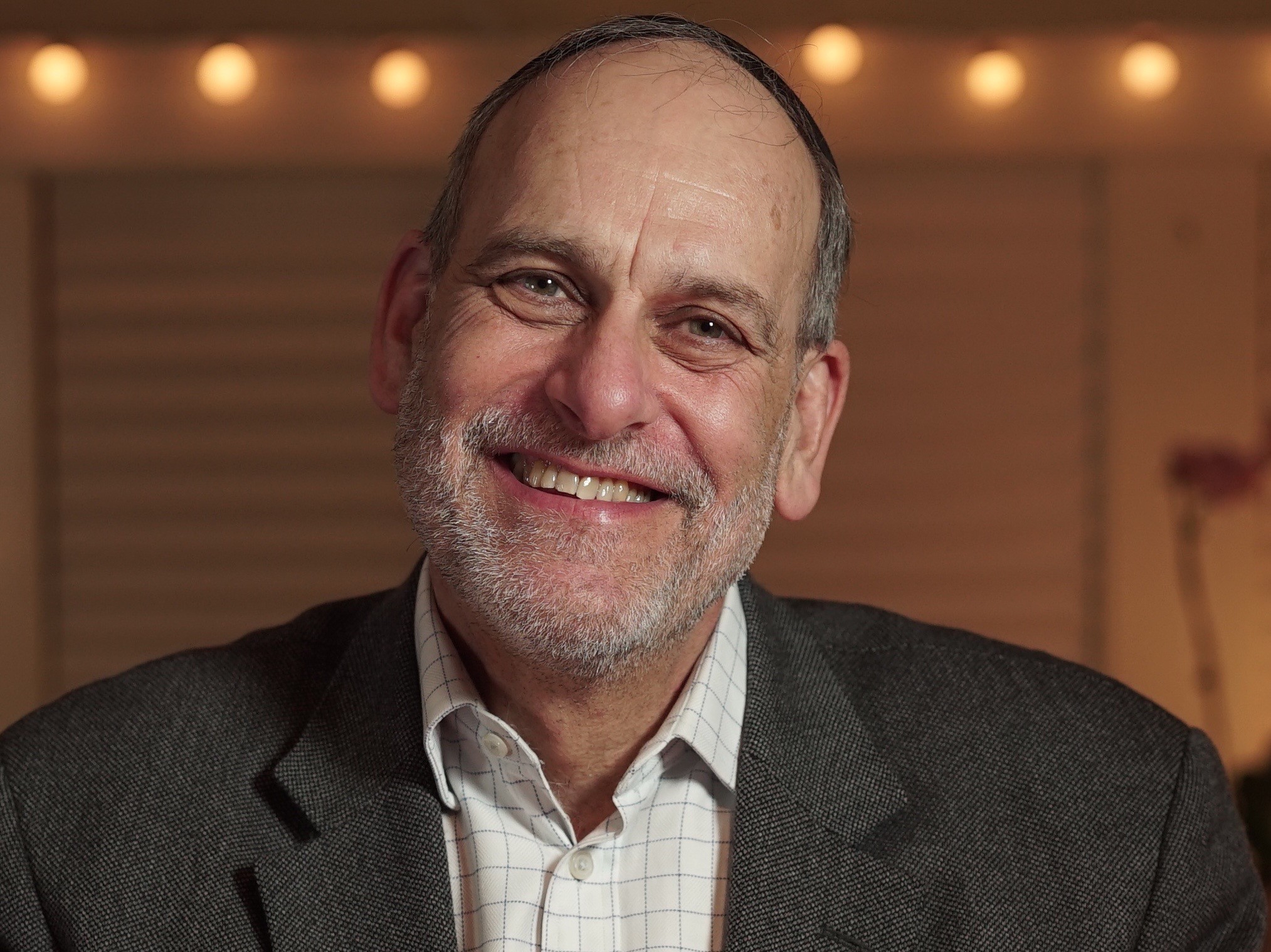
For the past two decades, I’ve been writing about and teaching Mussar, a treasury of techniques and understandings that have evolved during the past 1,000 years to guide the individual soul to reach its highest potential. Because Mussar guides us toward higher possibilities, it is also entirely applicable in the realm of leadership. That’s because leadership is a challenge, and being a good leader is even more of a challenge – and the biggest challenge of all to effective leadership is never the external circumstances, but rather the personal character of the leader, which is exactly what Mussar addresses.
To give you one example, let’s take the quality of humility. Is that an inner trait you would you want to see in a leader? If you associate the word “humility” with someone who is meek or submissive, then it’s hard to see how being humble would make for great leadership. But does Jewish tradition understand humility in that way? Clearly not, because the Torah (Numbers 12:3) tells us that the person who was more humble than any other person on the face of the earth was none other than Moses.
Meek? Ask the Pharaoh. Submissive? Ask the rebellious Korach. Moses was a man of such chutzpah that he even argued with God, challenging God’s wish to destroy the Jewish people after the sin of the Golden Calf.
Well, if a person can be humble and assertive at the same time, we need some more guidance from Jewish sources to be able to understand what this quality entails, and how it is revealed in our greatest leader of all time. Then we will be in a position to see how to apply the leadership lessons in our own community situations.
Much before Moses, right back when God was creating Adam, the verse quotes God as saying, “Let us make a human in our image after our likeness...” (Genesis 1:26).
That God speaks in the plural – “Let us make a human….” – did not escape the eyes of the Torah commentators, who had to wonder: Who is this “us”? Why doesn’t God say, “I will make a human…”? Might God have had a partner in creation? That notion goes directly against the fundamental Jewish principle of monotheism, and so had to be rejected. But if there weren’t multiple creators, to whom was God referring as “us”?
The medieval commentator Rashi tells us that before creating the first human being, God consulted with the angels. And in doing so, God gave us a lesson in humility, which means, in Rashi’s words, “that the great should take counsel and ask permission from the small.”
So here we get a distinctively Jewish leadership principle. A leader should be humble and make it a practice to consult others, even subordinates or people who know less and have less experience. Consulting others could be felt as a threat, and so it is pretty clear that only a person strong enough to take the risk to be humble is a person with a good deal of self-confidence.
But wait! How can that be? In order to be humble you have to be self-confident? We started by associating humility with meekness and diffidence, and so you can see how far from our starting point Jewish sources have guided not only our thinking but also our behavior.
I heard of that principle being put into action in an unexpected context. I had the good fortune to do graduate studies at Oxford University, where one of the colleges is called New College. It was founded in 1397 (note to self: If you think something will last, don’t call it “new.” The “New” Building at my own college was built in 1733).
The story goes that in the mid-20th century, it was discovered that the giant oak beams in the New College dining hall were infested with beetles. Those beams ran 45 feet long and were very thick around, not the kind of the thing you run down to pick up at your local lumber yard.
The college was in a quandary over how to replace the failing beams, until one Fellow suggested asking the College Forester, the man responsible for keeping the grounds on the college’s endowed lands.
They called this man from his work in the woods, and asked him if there were any oaks that could be used to save the dining hall.
He replied, “Well, sirs, we was wonderin’ when you’d be askin’.”
He explained that when the college was founded, a grove of oaks had been planted because it was known that oak beams always become beetly and replacement beams would be needed. This plan had been passed down from one forester to the next for 500 years, saying, “You don’t cut them oaks. Them’s for the College Hall.”
Only when someone had the humility to consult with a subordinate was the problem solved. It took real humility and showed great leadership to do this.
This is but one example of applying Jewish values in leadership. We are heirs to a wise tradition. When we find our guiding principles in those sources, not only is leadership enhanced, the organizations and programs and ultimately the entire community benefits. The leadership then embodies and acts from the highest ideals that are articulated within our own tradition.
Have something to say about this post? Join the conversation in The Tent, the social network for congregational leaders of the Reform Movement. You can also tweet us or tell us how you feel on Facebook.
Related Posts

Setting Your Leaders Up For Success

Civil Discourse – How to Facilitate Productive Conversations about Hard Topics

